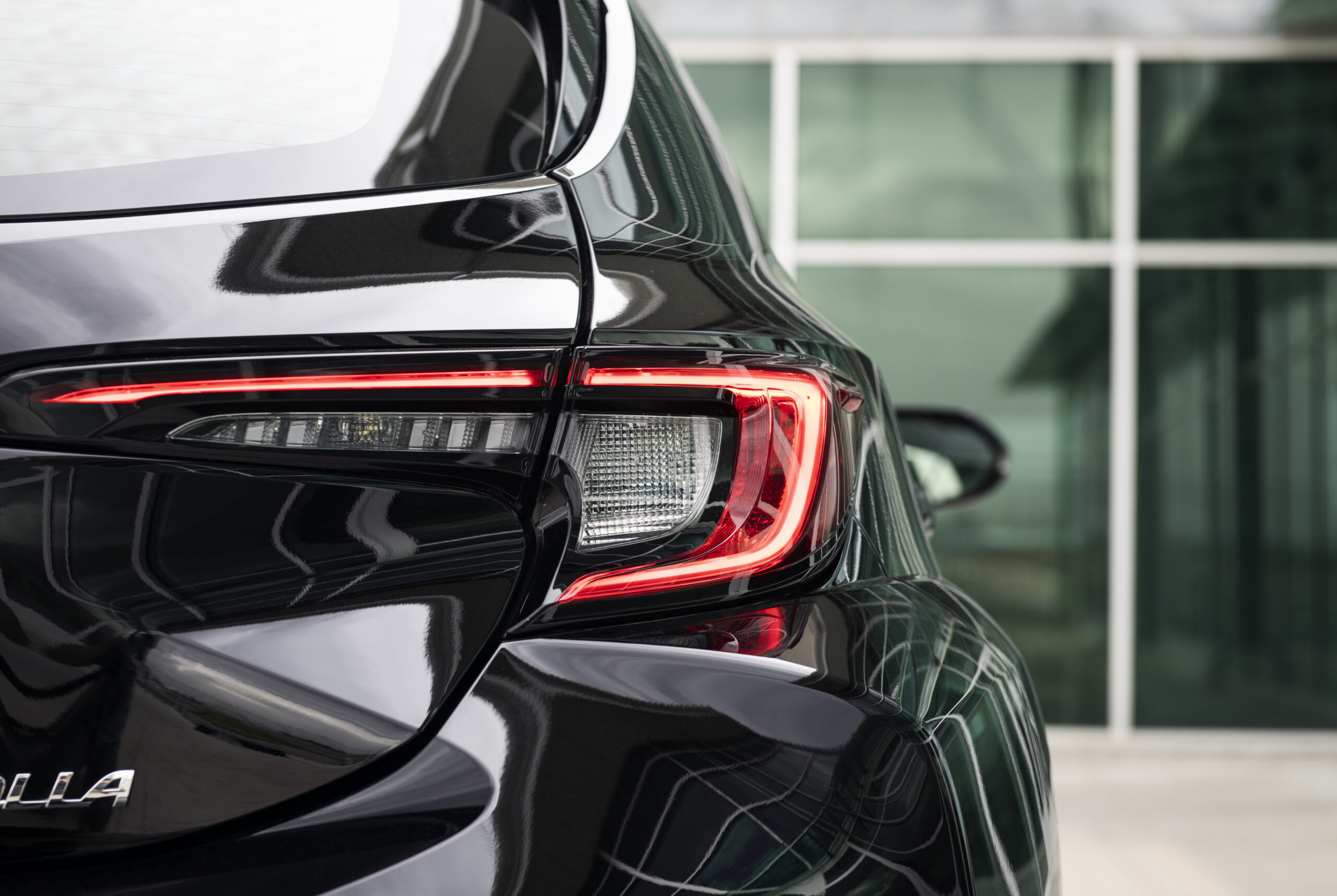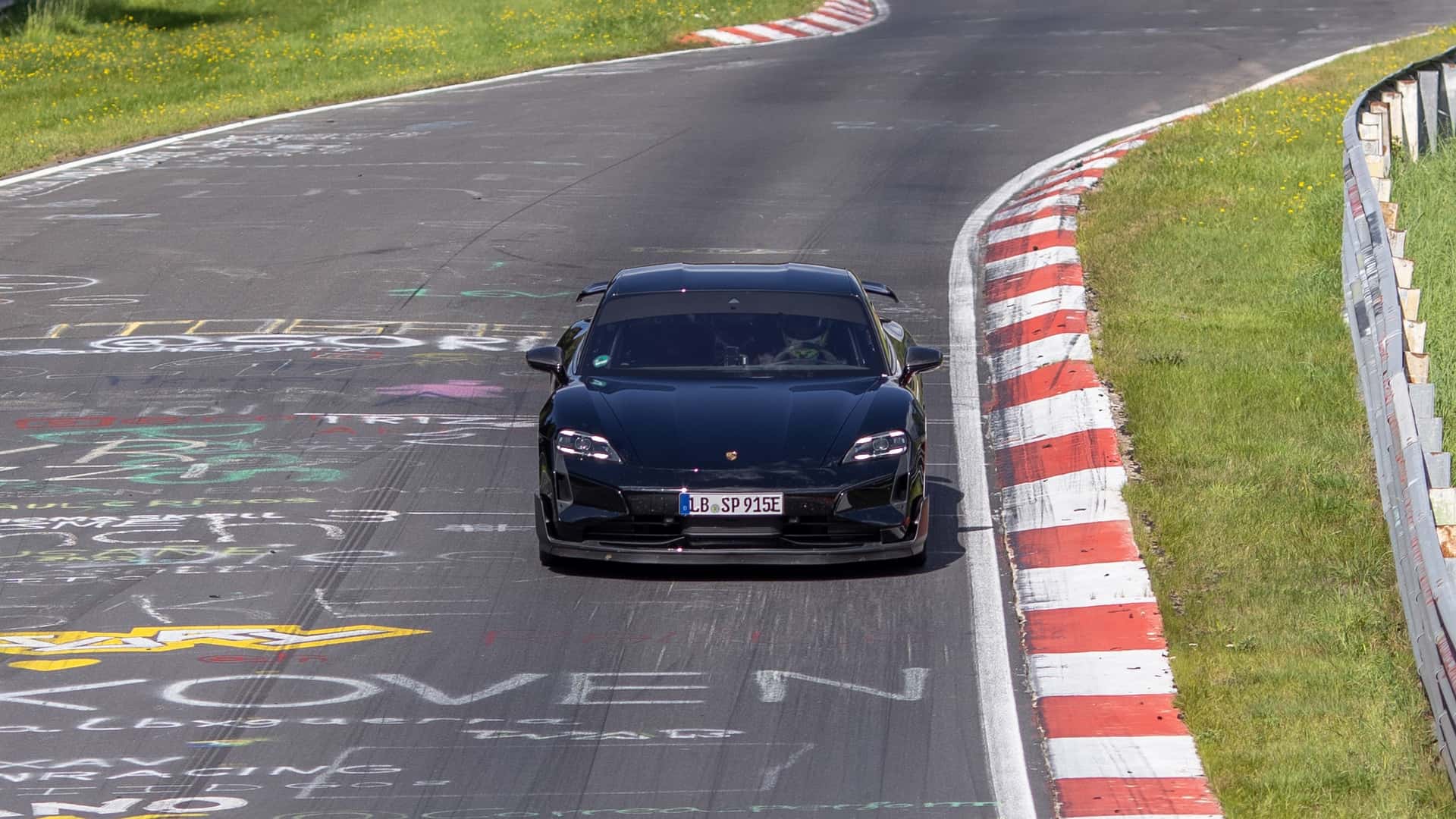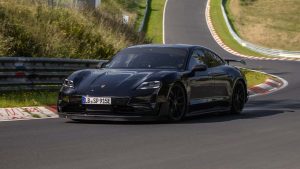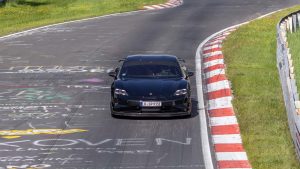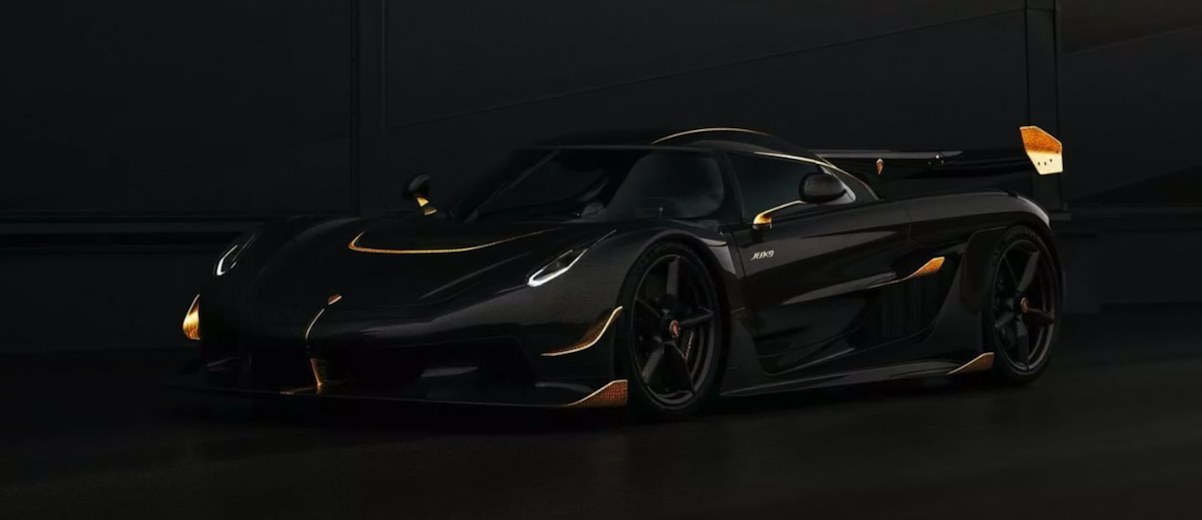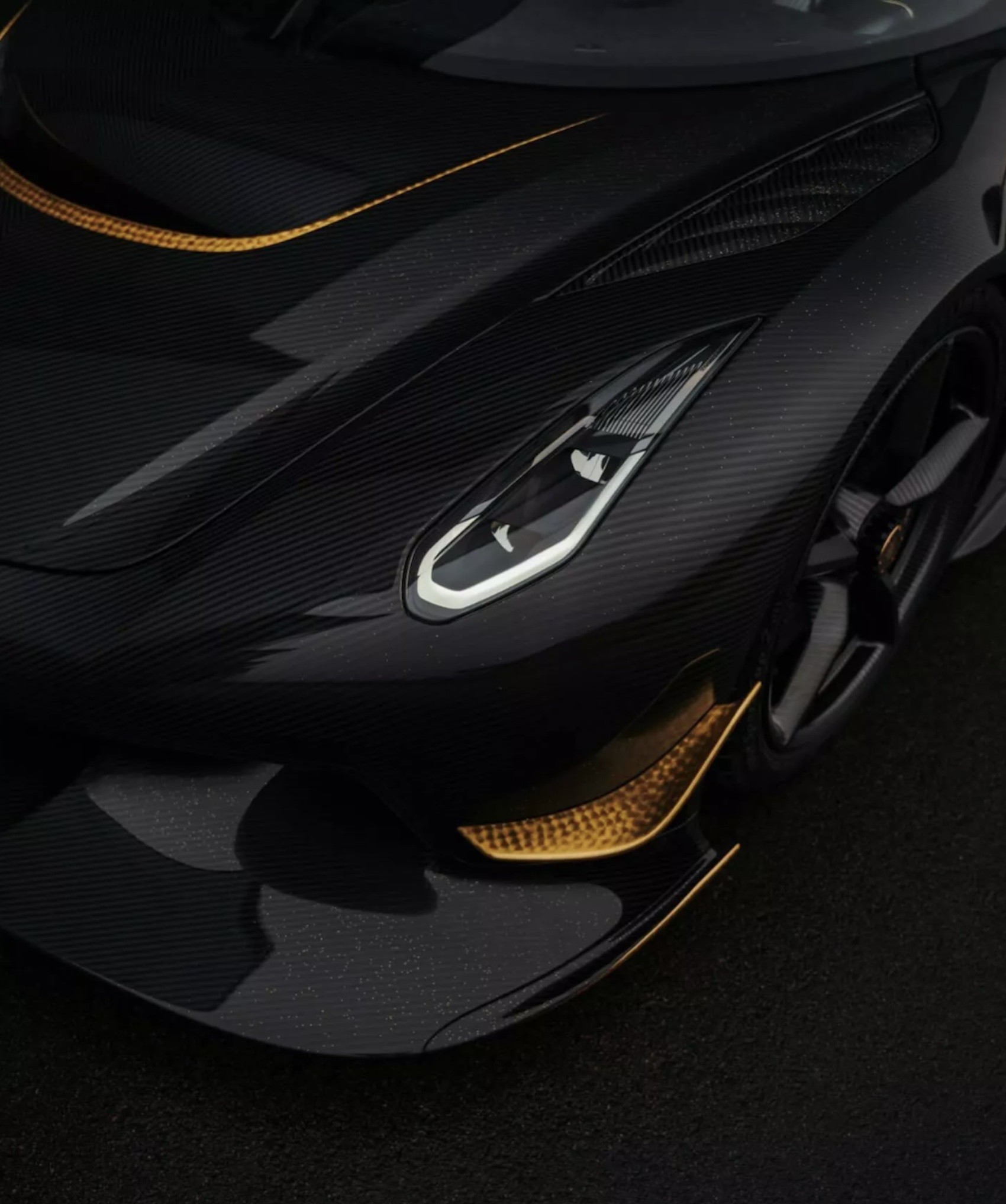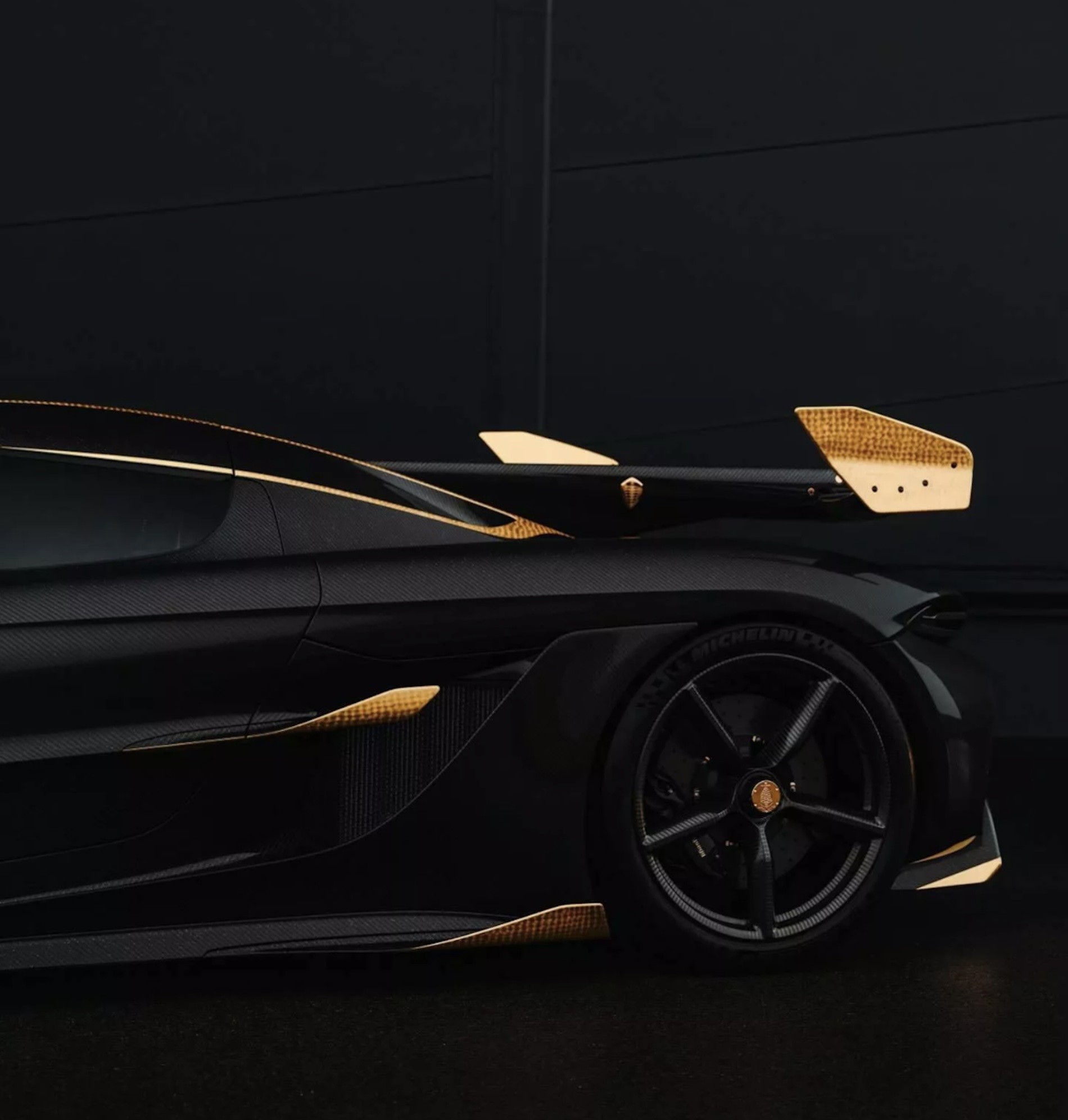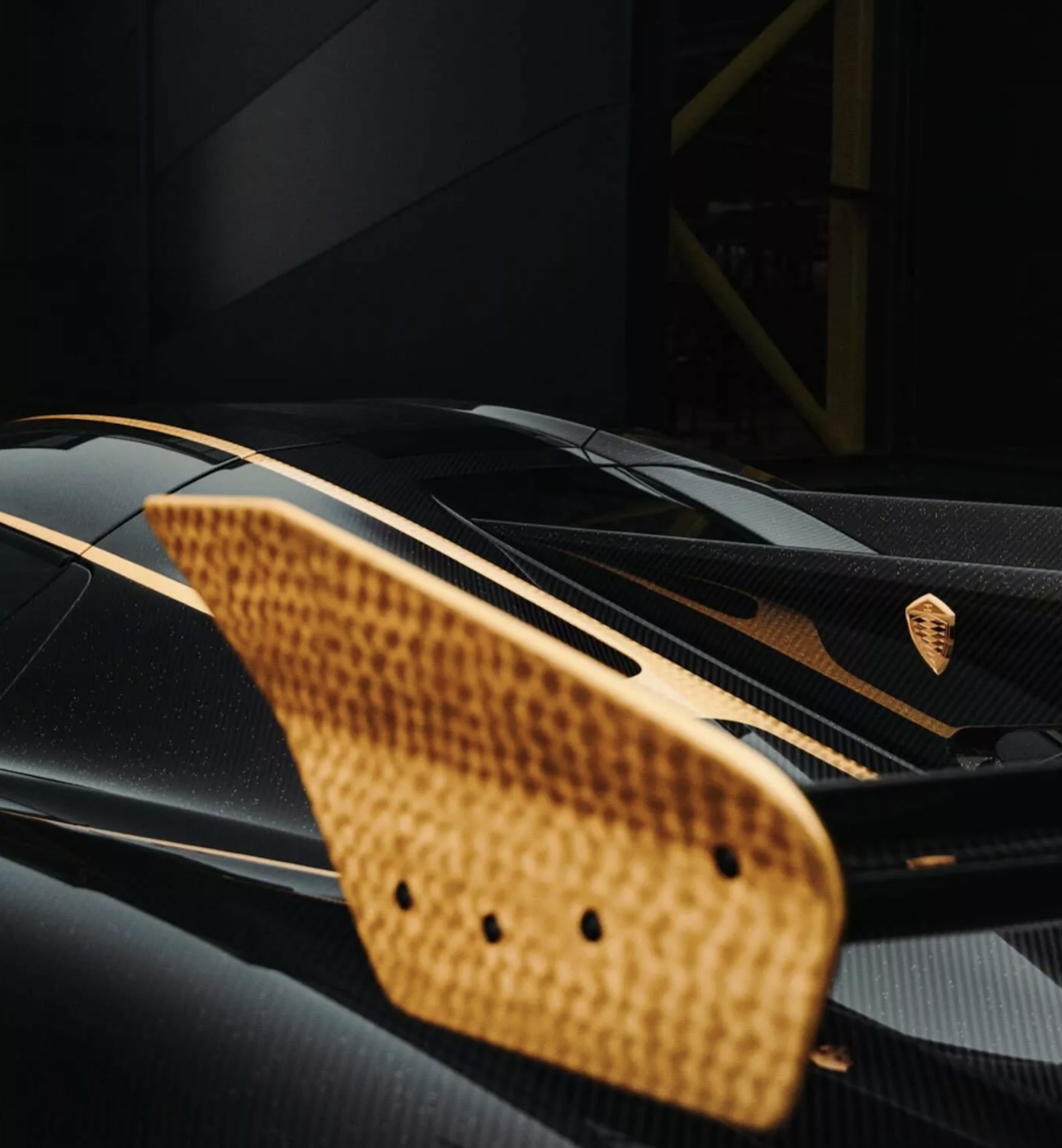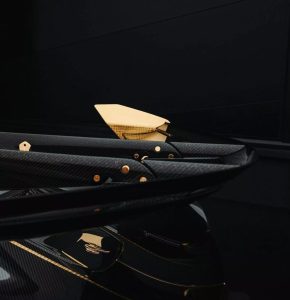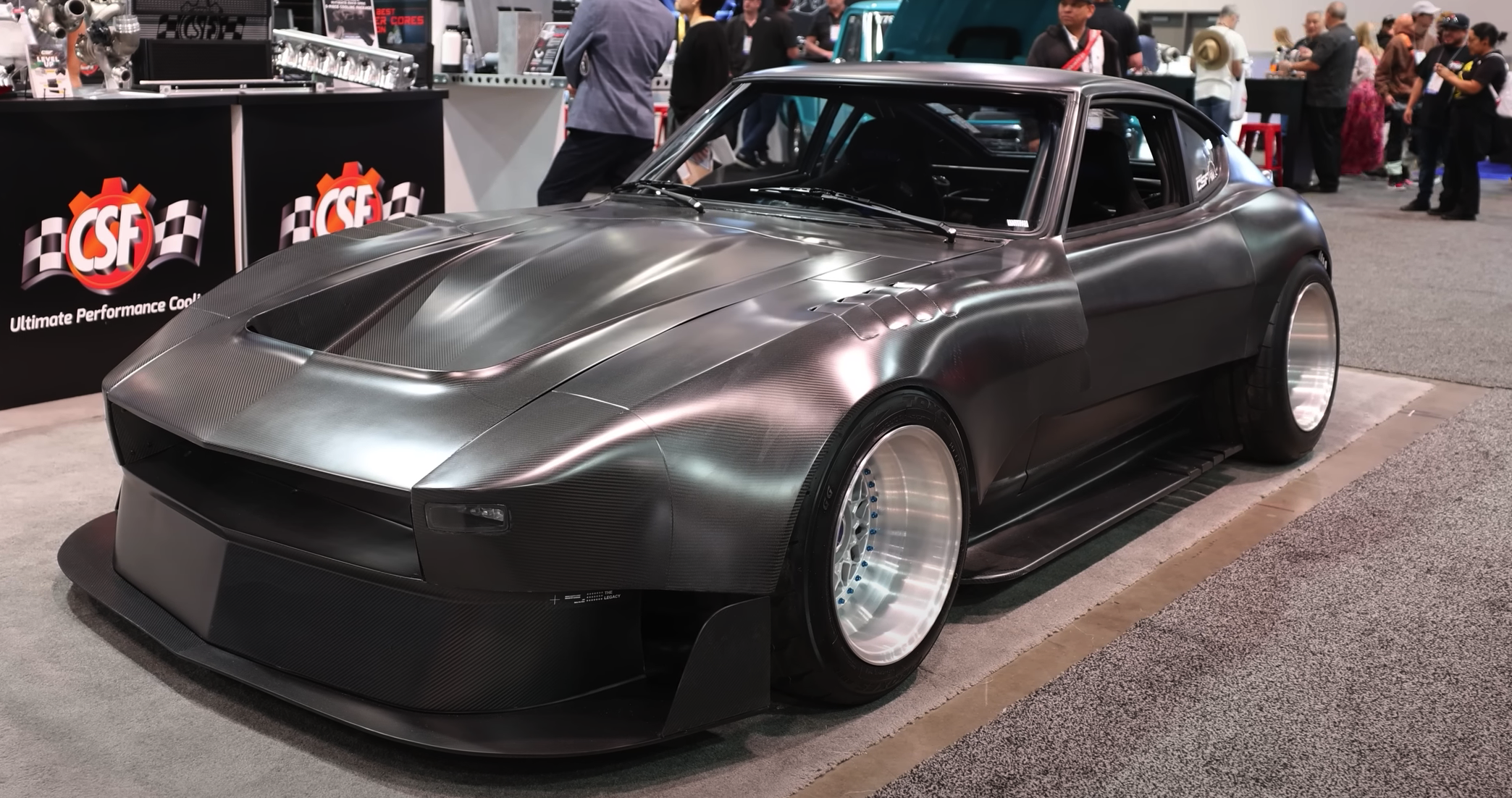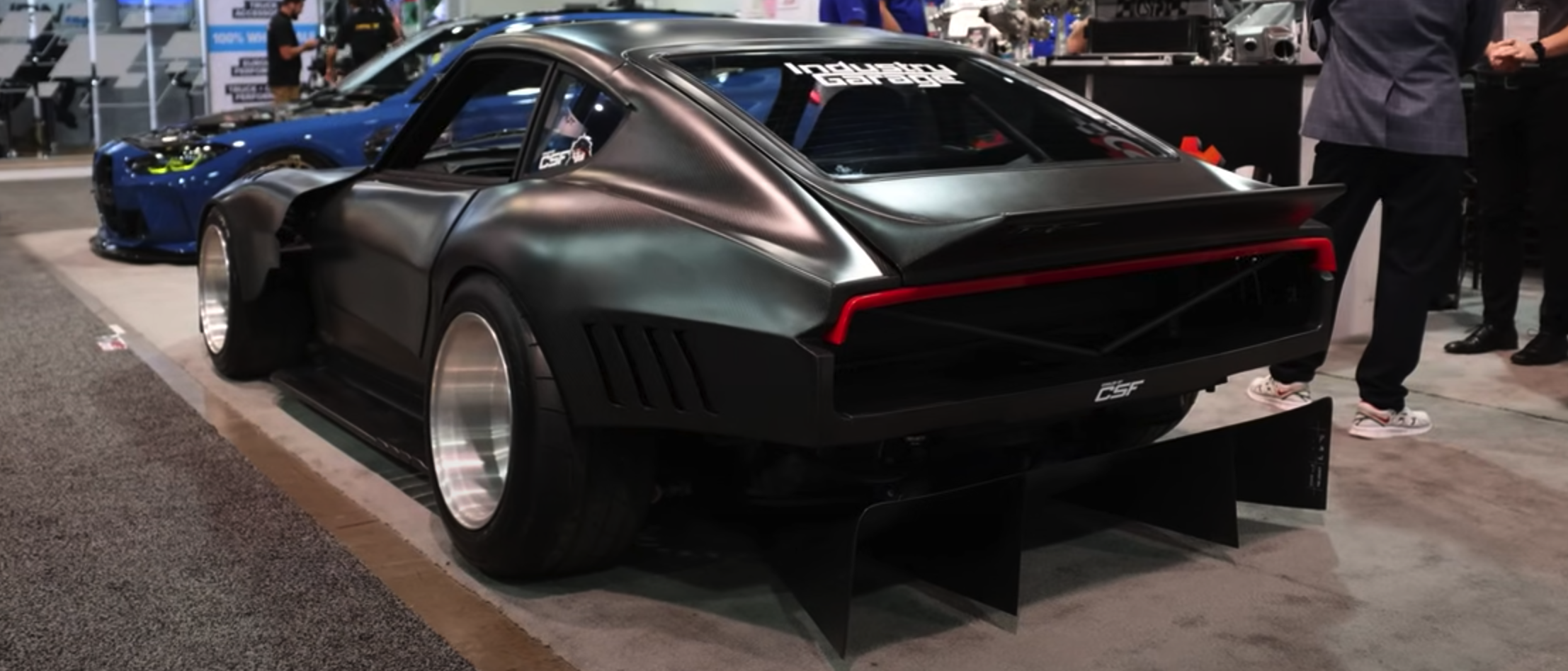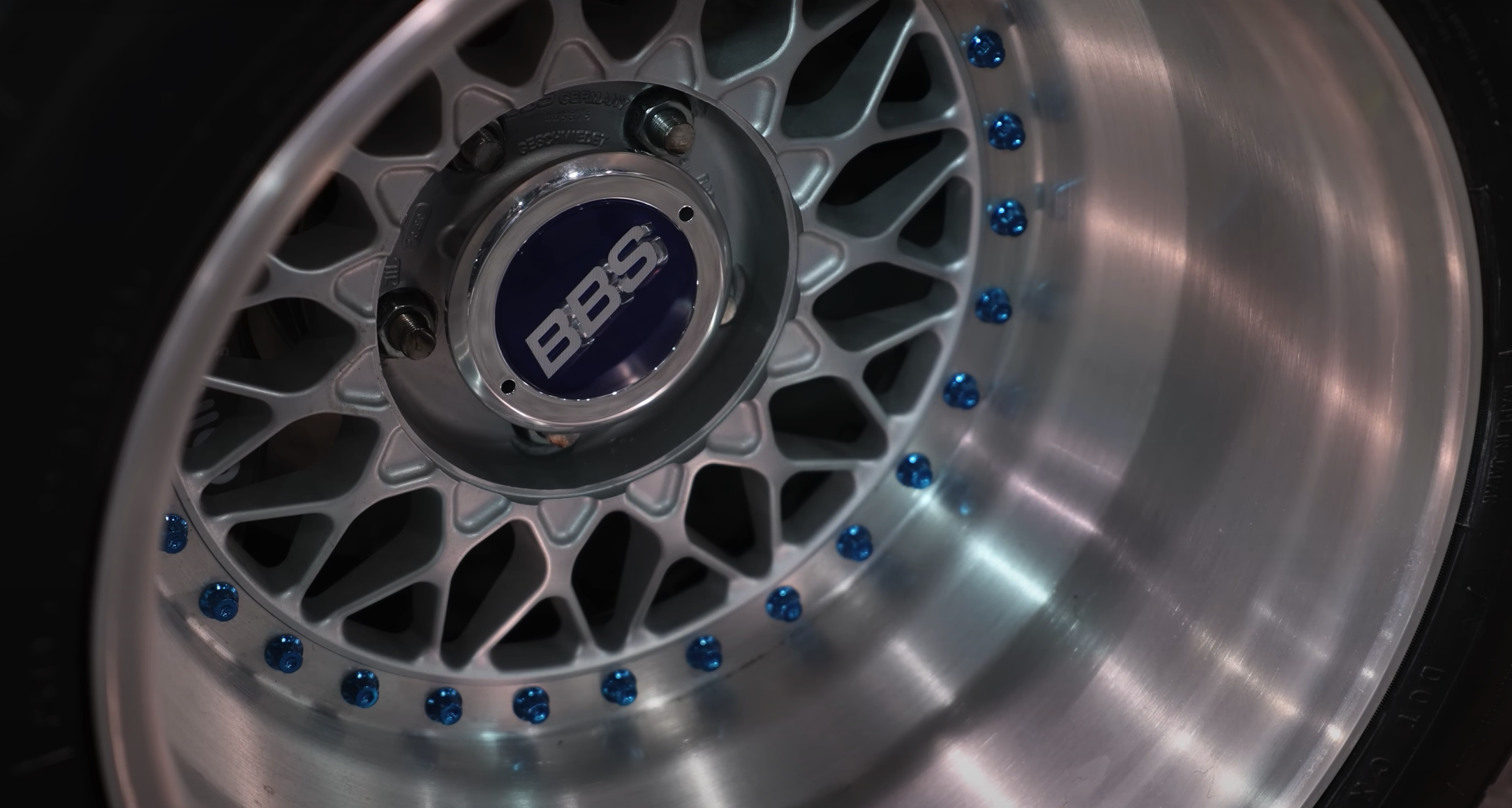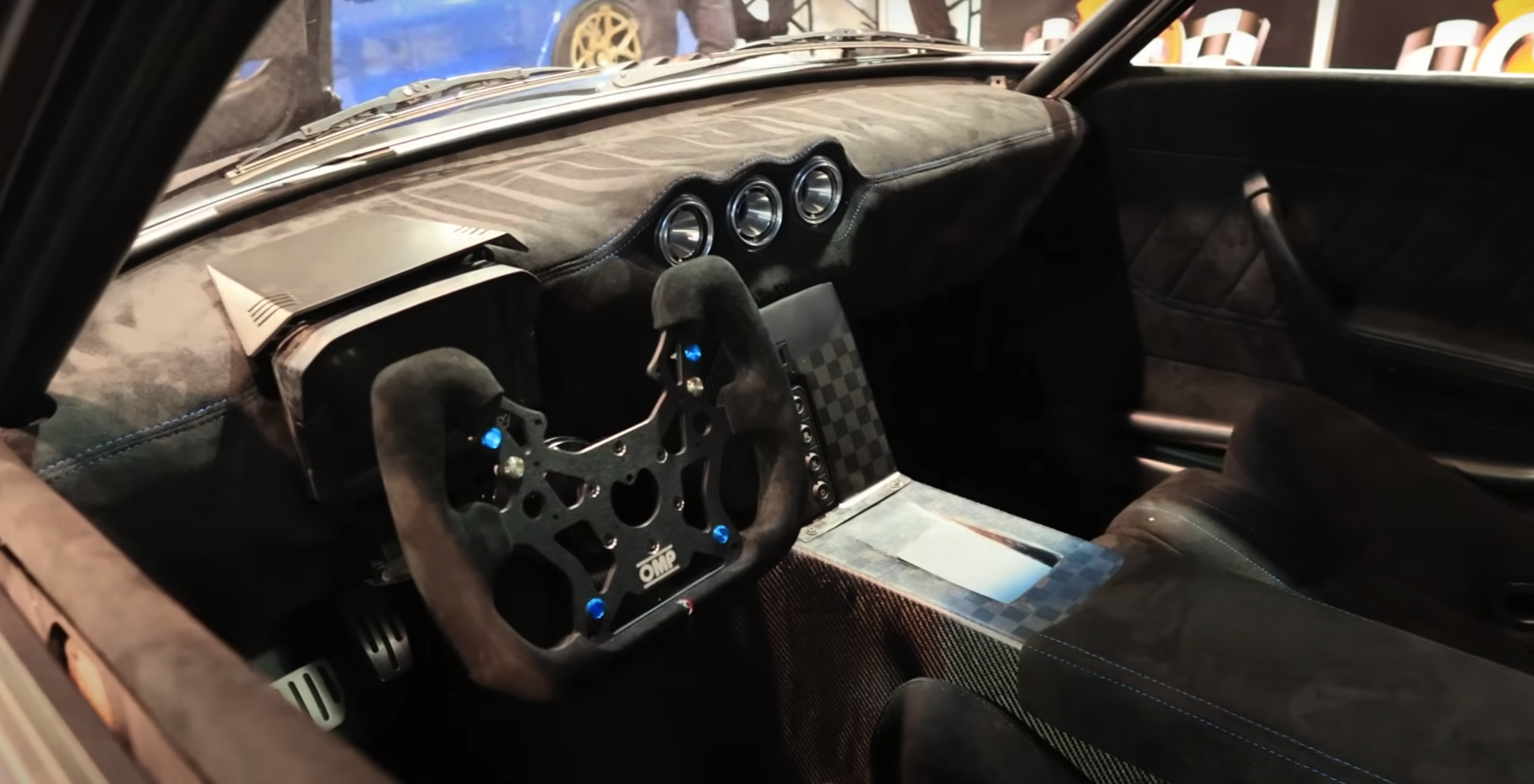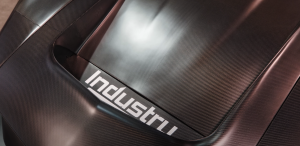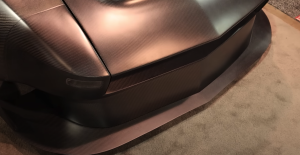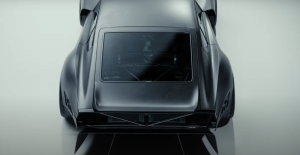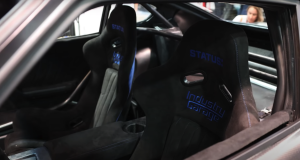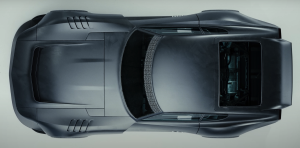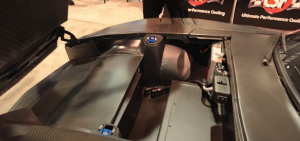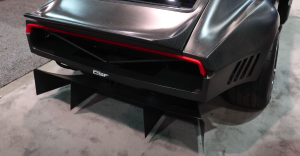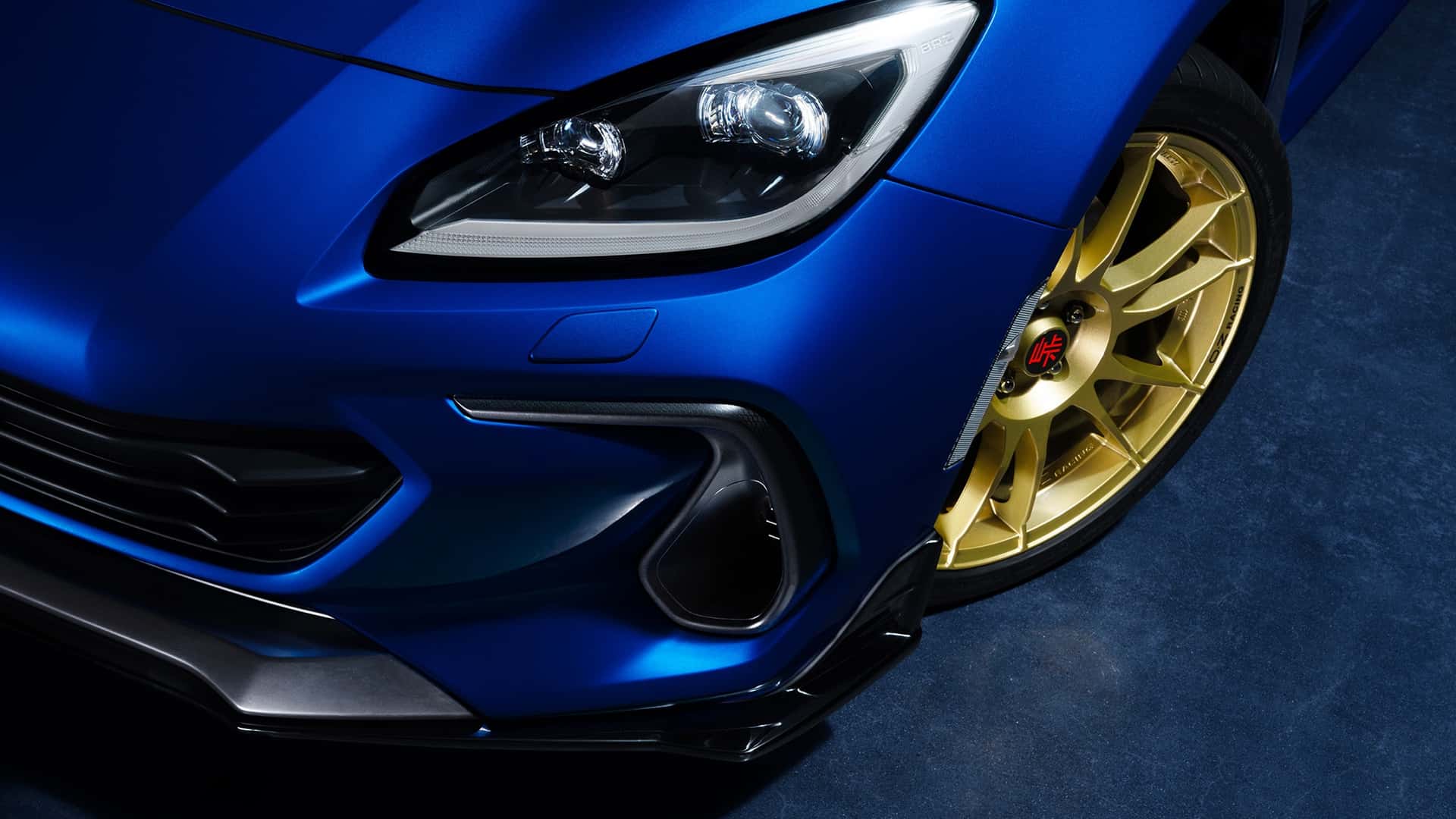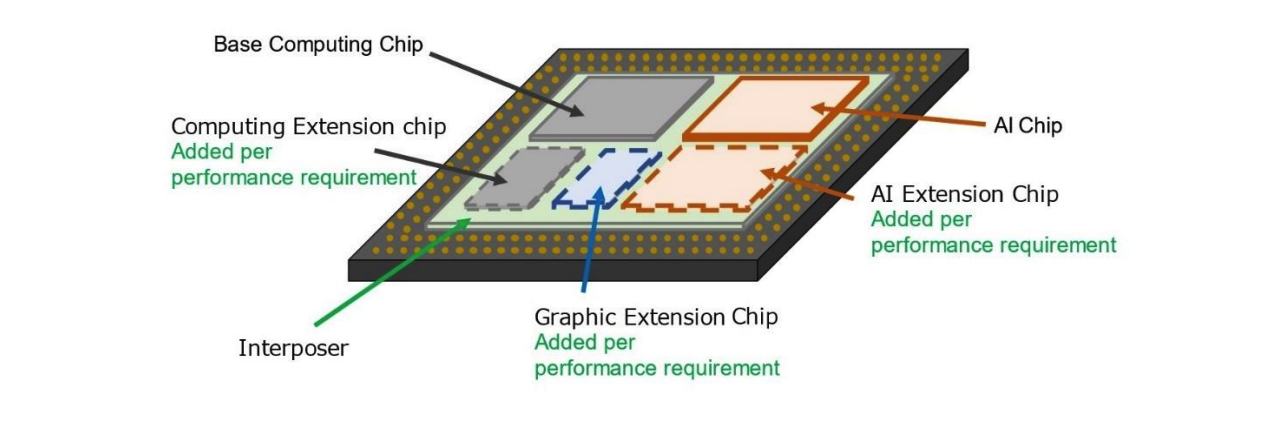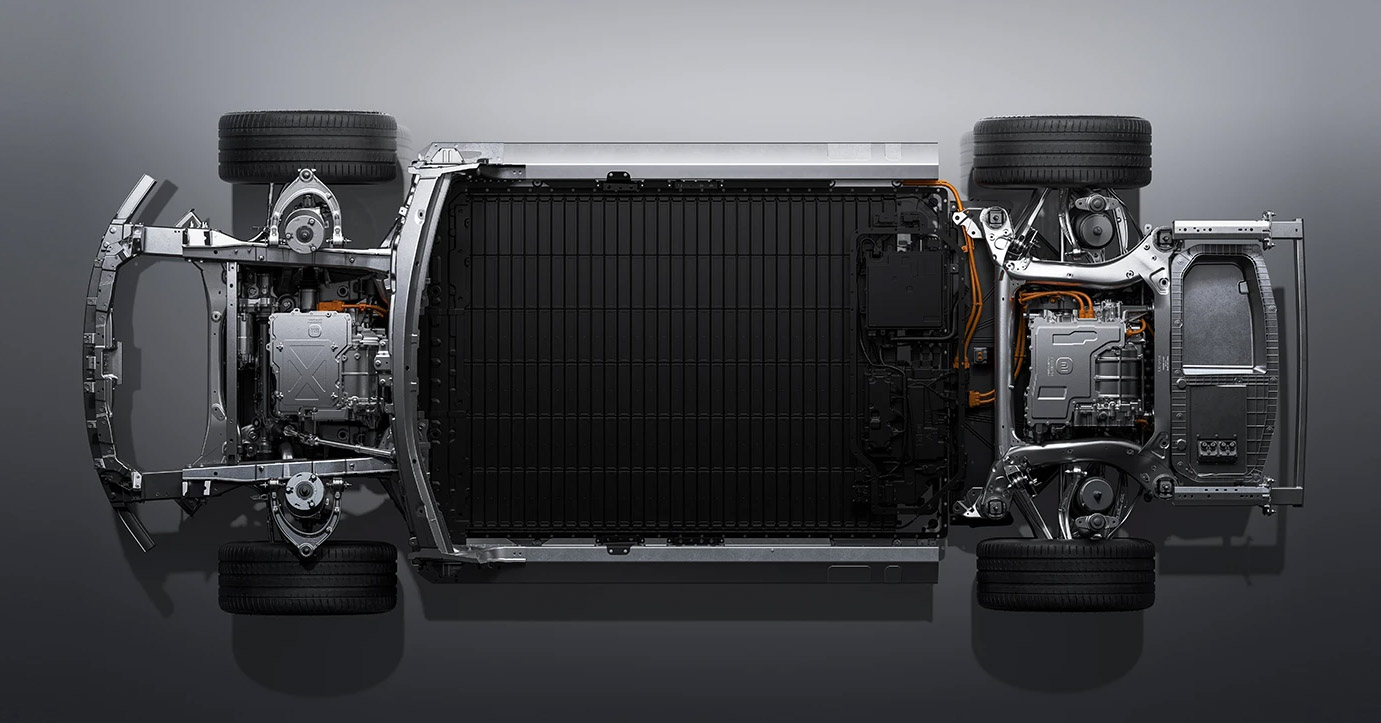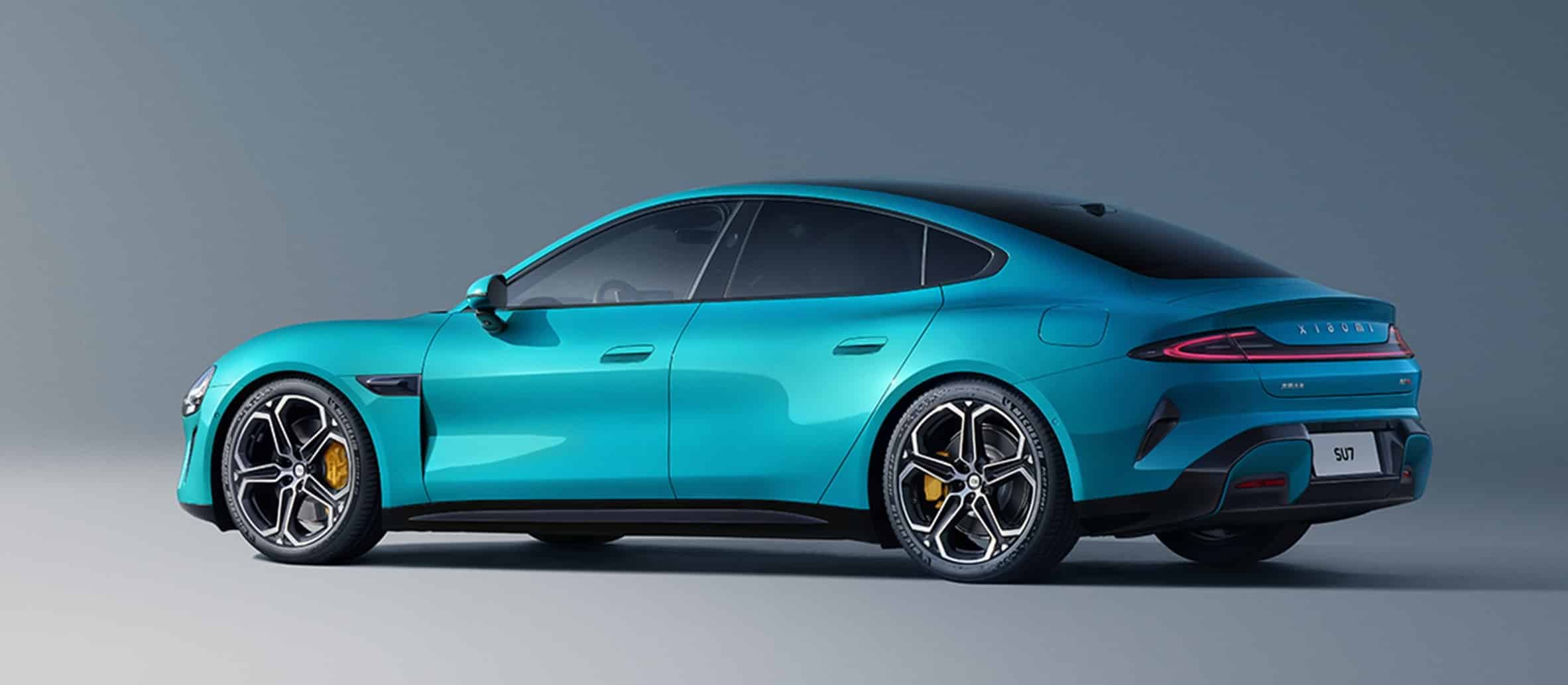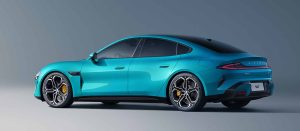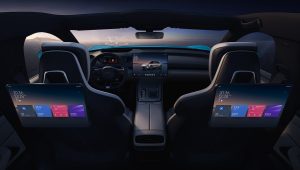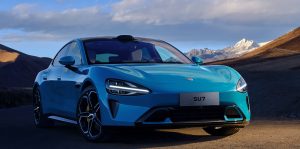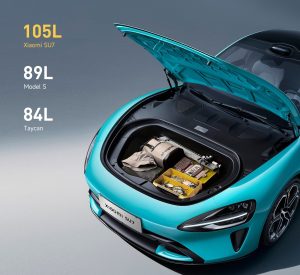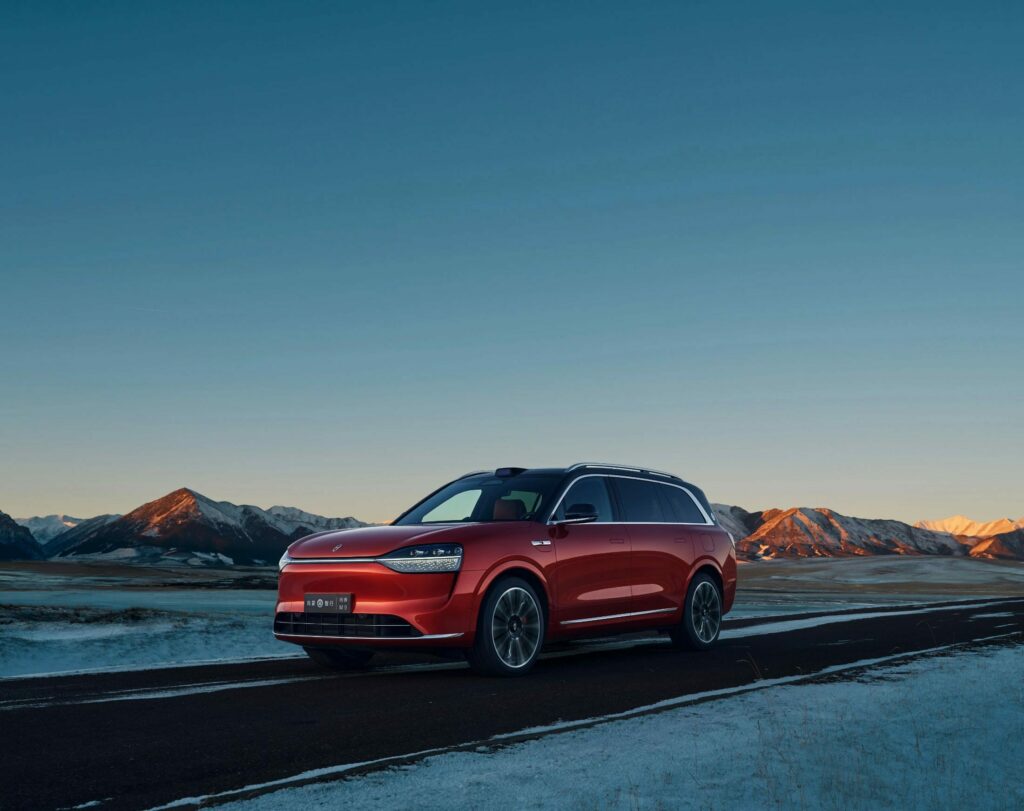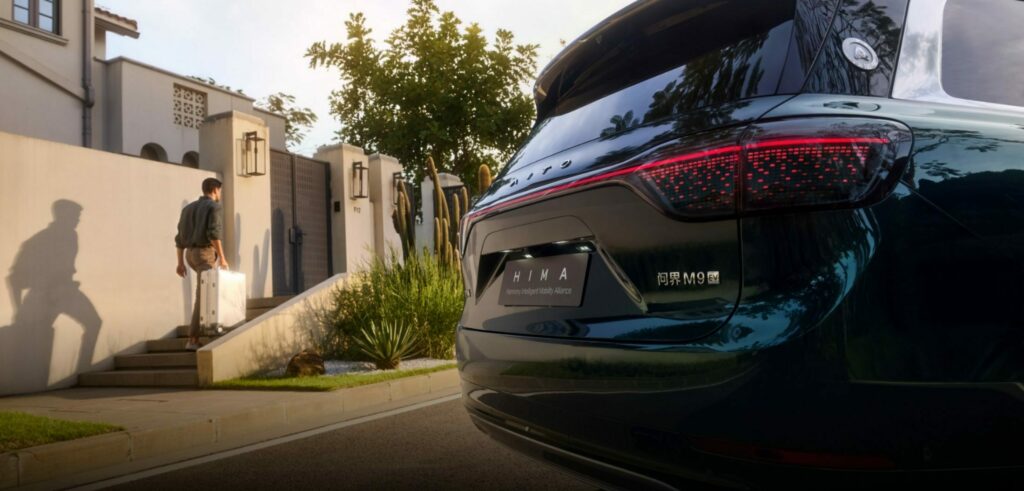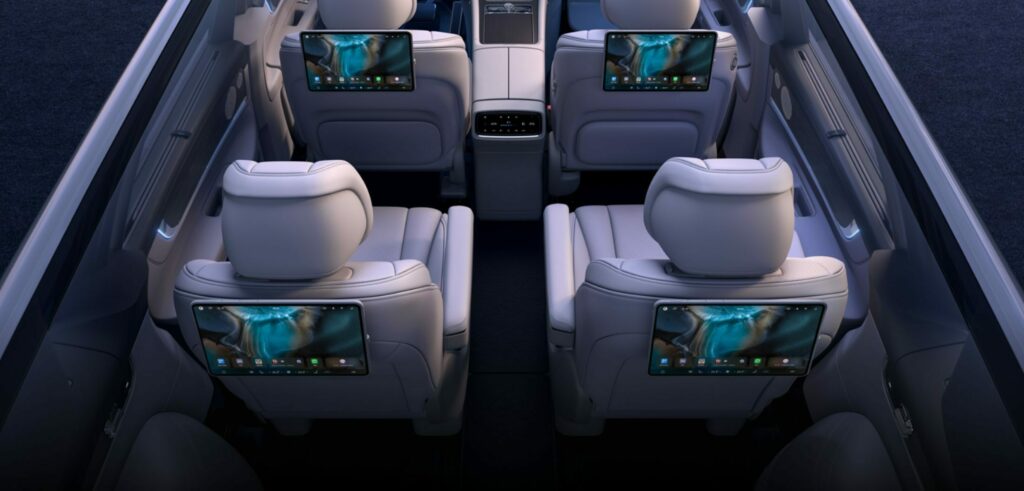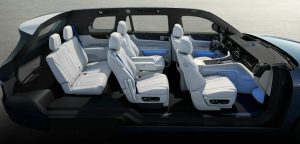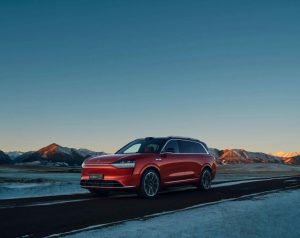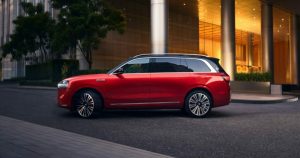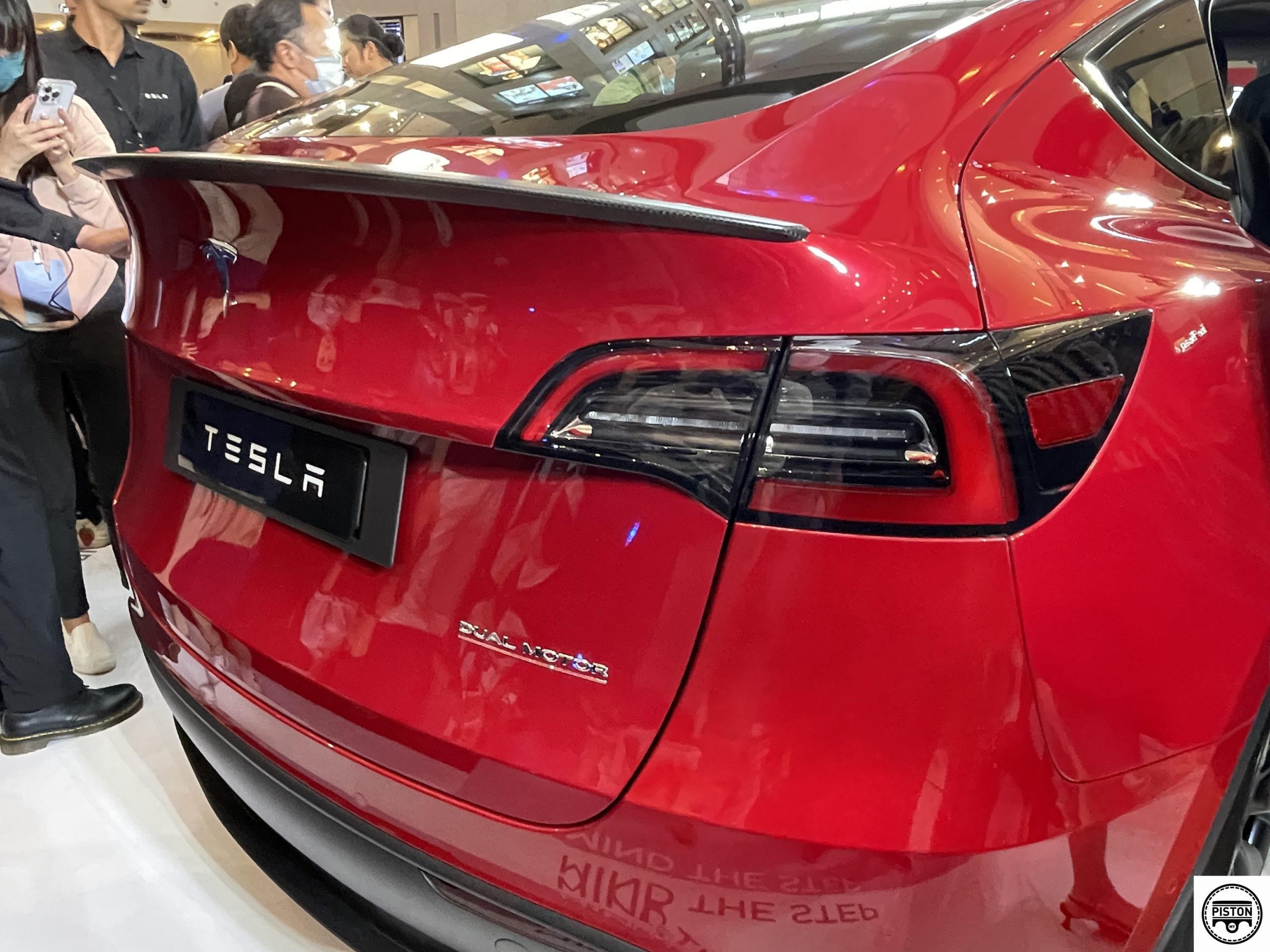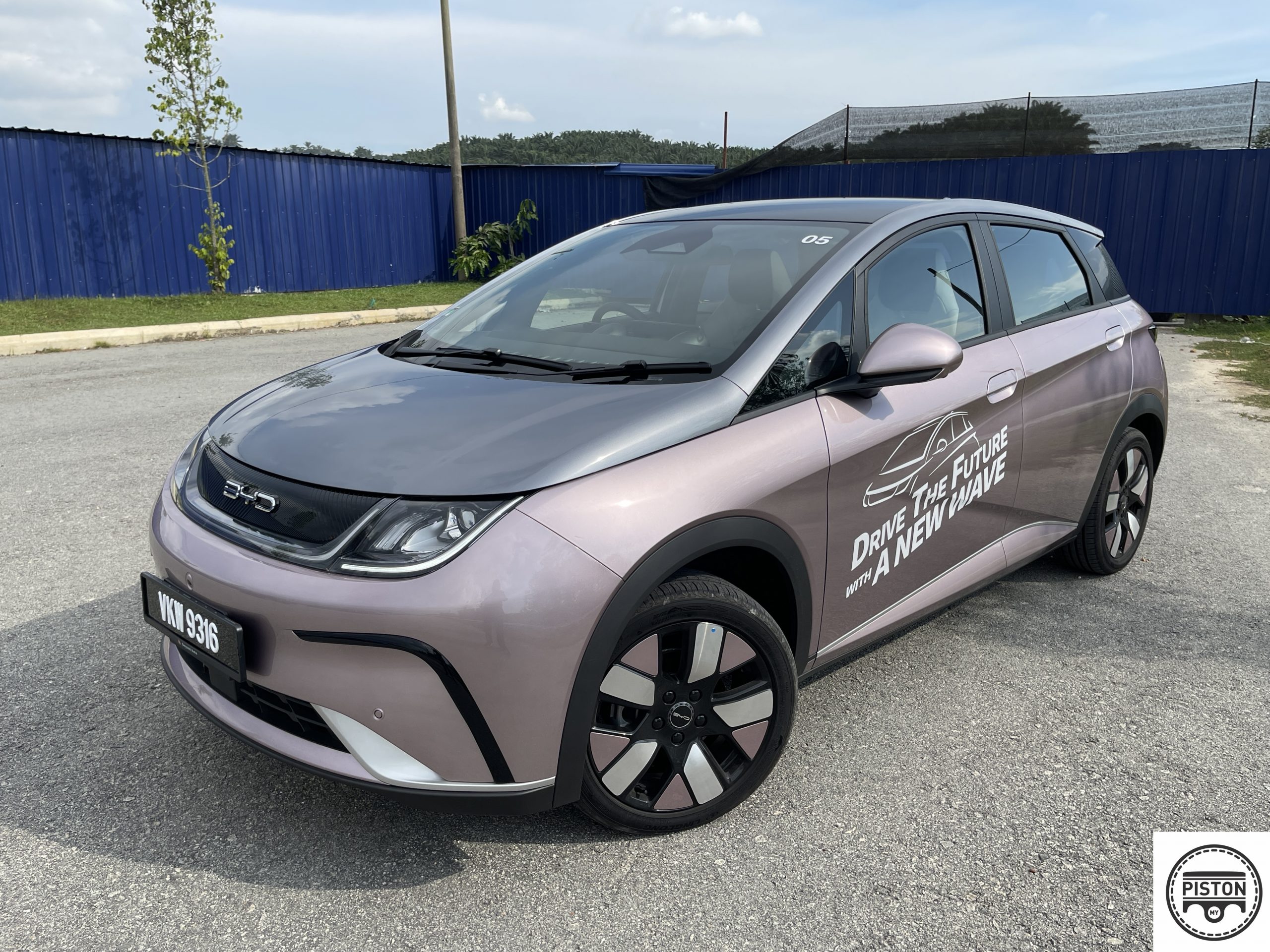Toyota’s iconic 2024 GR Corolla is making waves in the automotive industry with unconventional yet intriguing updates aimed at elevating vehicle performance and aerodynamics.
In a commitment to continuous innovation, Toyota has introduced subtle yet impactful changes to the 2024 GR Corolla. Among these updates are new bolts, air ducts, and a noteworthy addition – four strips of specially designed aluminium tape. This unconventional addition serves a unique purpose, addressing the often-overlooked phenomenon of electrostatic discharge in automotive design.
The concept of electrostatic discharge comes into play as a vehicle moves, causing both the car body and the surrounding air to develop a positive charge. This phenomenon can lead to repelling forces that subtly affect airflow around the vehicle. The revelation of this challenge emerged during the development of the facelifted Toyota 86, where inconsistent test results were observed due to electrostatic issues.
Toyota’s solution involves the integration of patented aluminium tape, strategically placed to manage electrostatic discharge and, concurrently, enhance aerodynamics. This innovative approach showcases Toyota’s commitment to understanding the intricacies of vehicle dynamics and pushing the boundaries of design.
Pro drifter Ken Gushi, an early adopter of the 2024 upgrade kit on his 2023 GR Corolla, has provided subjective yet promising feedback. Gushi noted a significant difference in his vehicle’s driving dynamics post-upgrade. While awaiting confirmation from controlled testing, Gushi’s observations underscore the potential impact of these minor modifications. The improvements hint at the transformative power of seemingly small tweaks in fine-tuning and optimising vehicle performance.
Toyota’s 2024 GR Corolla sets a precedent for innovative design thinking in the automotive industry, proving that even minor changes can lead to substantial enhancements in driving dynamics and overall performance.







